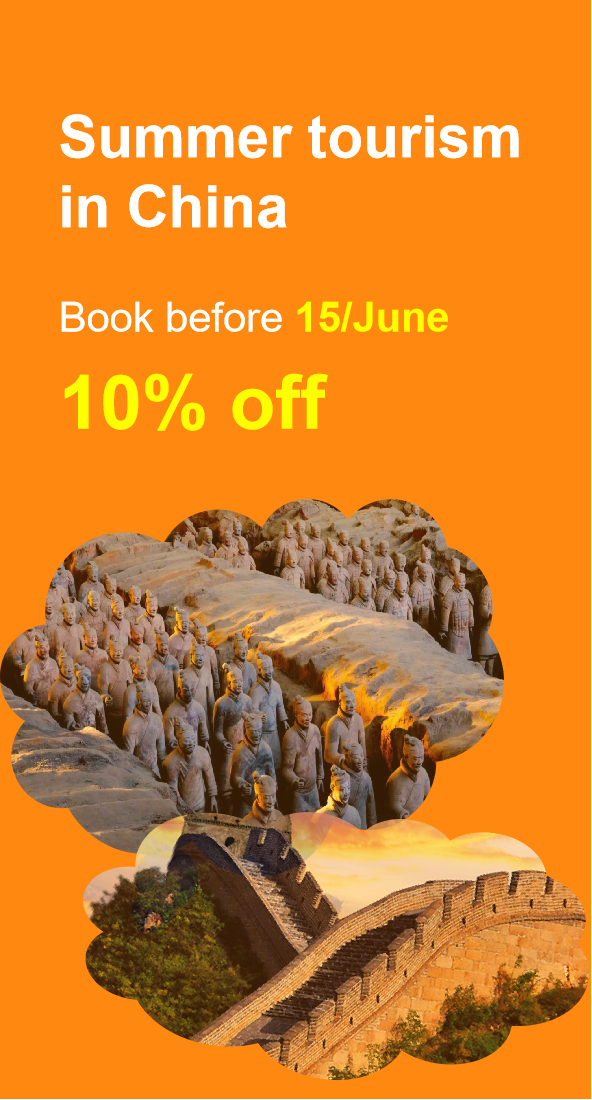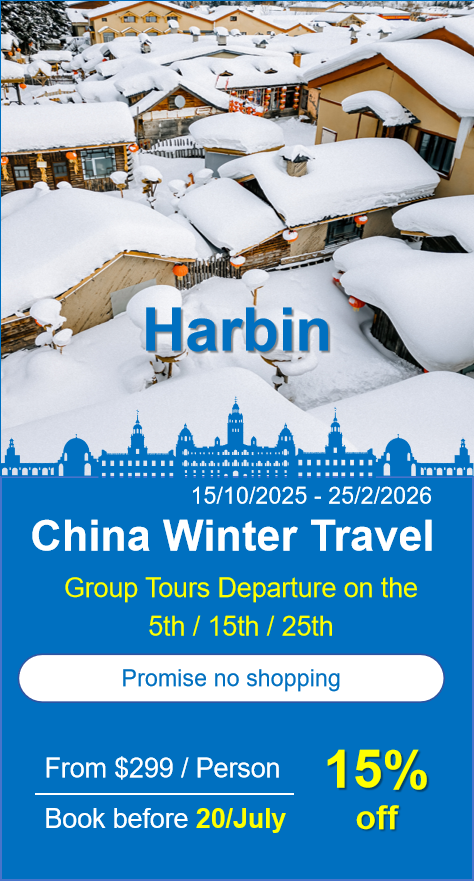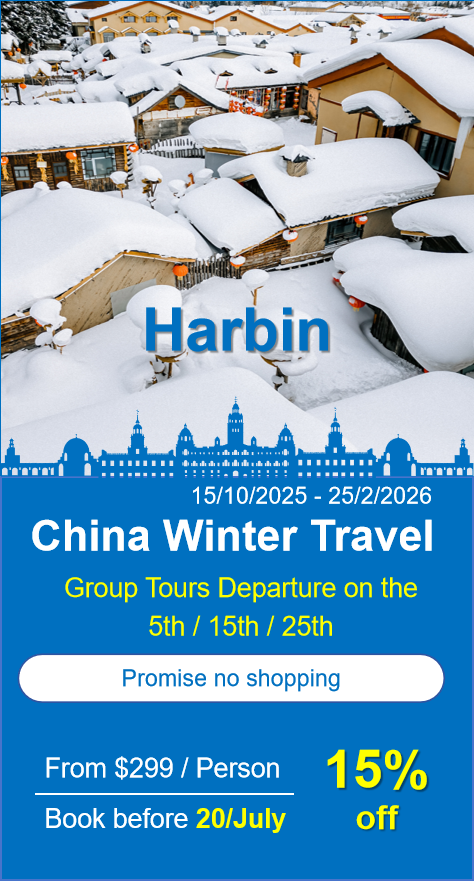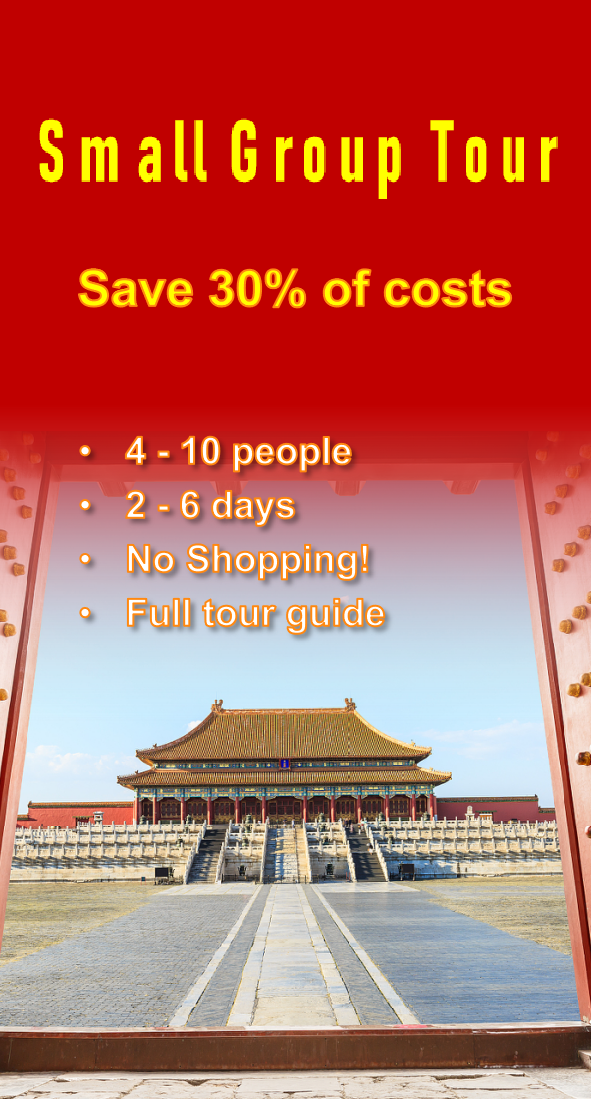Tiananmen Square
Historical Overview
Imperial Era (1420–1911):Originally the "Gate of Great Ming" (Chéngtiān Mén), it guarded the southern entrance to the Imperial City. In 1644, Li Zicheng’s rebels breached the gate, ending the Ming Dynasty. The Qing renamed it Tiān’ānmén in 1651.
Republican Era (1912–1949):The gate was damaged in the 1900 Boxer Rebellion and later renovated. In 1919, students rallied here during the May Fourth Movement, demanding democracy.
People’s Republic Era (1949–Present):On October 1, 1949, Mao Zedong declared the PRC from Tiananmen’s rostrum. The square expanded in 1958 (removing walls, gates, and residences) to host 1 million people. Key events: 1976’s "Goddess of Democracy" protest, 1989’s student-led demonstrations, and annual National Day military parades.
Structural Layout
The square follows a north-south axis with symbolic landmarks:
1. Tiananmen Gate (South):The 38-meter-tall red-and-yellow gate, topped with golden spires and watchtowers. Its central archway (11.5m wide) is reserved for state ceremonies; side arches open to the public.
2. Monument to the People’s Heroes (Center):A 38-meter obelisk inscribed with Mao’s calligraphy ("Eternal Glory to the People’s Heroes"). Bas-reliefs depict the Opium Wars (1840), May Fourth Movement (1919), and Liberation War (1949).
3. Mao Zedong Memorial Hall (West):A marble mausoleum housing Mao’s embalmed body in a crystal sarcophagus. Visitors file past in silent queues (no photos allowed inside).
4. Great Hall of the People (West):A 171,800 m² congress hall with the Golden Hall (10,000-seat auditorium) and 34 regional meeting rooms. Hosts the annual Two Sessions (NPC and CPPCC).
5. National Museum of China (East):The world’s second-largest museum, with 1.4 million artifacts (e.g., Neolithic pottery, Tang Dynasty treasures). Highlights: the Underground Palace (1971 discovery of Ming Emperor Wanli’s tomb replicas).
6. Zhengyangmen Gate (North):The "Front Gate" of the Imperial City, now a pedestrian archway framing the forbidden city’s Meridian Gate.
Major Attractions & Rituals
1. Flag-Raising Ceremony (Dawn):At sunrise, a 96-person honor guard marches from the guardhouse to the flagpole (32.6m tall, symbolizing Mao’s birth year, 1893 + 33 years of leadership). The flag (5m × 3.3m) is raised to the national anthem; visitors queue from 4 AM for front-row spots.
2. Flag-Lowering Ceremony (Dusk):At sunset, the flag is folded, placed in a mahogany box, and returned to the guardhouse under military escort. Ideal for photographing the square’s golden-hour lighting.
3. Monument to the People’s Heroes:Climb 18 steps (representing 1840–1949) to the obelisk’s base. Surrounding murals depict peasant revolts, student protests, and soldiers charging into battle.
4. Mao Zedong Memorial Hall:Open 8 AM–12 PM (Tues–Sun); visitors pass through metal detectors and store bags. Prohibited items: Cameras, liquids, and large bags. Maintain silence; no stopping in the viewing hall.
5. National Museum of China:Free admission (book online); highlights include the "Road to Revival" exhibit (1840–1949) and The Terracotta Army rotation. Closed Mondays; open 9 AM–5 PM (last entry at 4 PM).
Suggested Itineraries
Classic Route (3–4 hours):
Tiananmen Gate (South) → Flag-Raising Ceremony → Monument to the People’s Heroes → Mao Memorial Hall → Great Hall of the People (Exterior) → Zhengyangmen Gate (North)
Highlights: Ceremonial pageantry, monument symbolism, and architectural grandeur.
Cultural Route (5–6 hours):
Tiananmen Gate → Flag Ceremony → Monument → Mao Hall → National Museum (2–3 hours) → Lunch at Qianmen Street → Return via Zhengyangmen
Highlights: Museum treasures, street food, and historic gateways.
Full-Day Comprehensive Route:
5 AM: Flag Ceremony → 8 AM: Monument & Mao Hall → 10 AM: National Museum → 1 PM: Lunch at Wangfujing → 2 PM: Great Hall Tour (if open) → 4 PM: Zhengyangmen Gate → Sunset Photos at Meridian Gate
Highlights: VIP access (if booking tours), behind-the-scenes politics, and dusk lighting.
Ticket Purchase
Free Admission: Tiananmen Square, Monument to the People’s Heroes, and Zhengyangmen Gate.
Mao Zedong Memorial Hall:Free, but book 1–7 days in advance via the "Mao Memorial Hall" WeChat account. Same-day tickets available at the East Ticket Office (7 AM–11 AM, limited quantity).
Great Hall of the People:¥30 (adults), ¥15 (students/seniors). Book via "Visit Beijing" app or on-site. Guided tours (45 mins) include the Golden Hall and provincial meeting rooms.
National Museum of China:Free, but book 1–7 days in advance via the museum’s website/WeChat. Special exhibits (e.g., Terracotta Army) may charge ¥50–100.
By Subway:
Line 1: Tiananmen East Station (Exit C/D) or Tiananmen West Station (Exit B).
Line 2: Qianmen Station (Exit A), walk 10 minutes north.
By Bus:
Routes 1, 2, 52, 82, 120 to Tiananmen East/West stops.
By Taxi:
Drop-off at East Chang’an Avenue (near National Museum) or West Chang’an Avenue (near Great Hall).
Prohibited Zones: Private vehicles/bikes forbidden in the square; use public transit.
Best Time & Tips
Peak Hours: Avoid 9 AM–11 AM (tour groups) and 3 PM–5 PM (National Museum crowds).
Crowds: National Day (Oct 1) and Labor Day (May 1) draw 1 million+ visitors; weekdays (especially winter) are quietest.
Weather: Spring (April–May) for cherry blossoms; autumn (October) for crisp air. Avoid summer haze and winter gales.
Essentials:
Bring ID (required for Mao Hall/Great Hall entry).
Wear comfortable shoes (20,000+ steps possible).
Photography allowed (no drones or tripods).
Prohibited items: Selfie sticks, liquids over 100ml, and political slogans.
Contact Us
Что говорят наши клиенты?
На основе более 10 000 отзывов путешественников
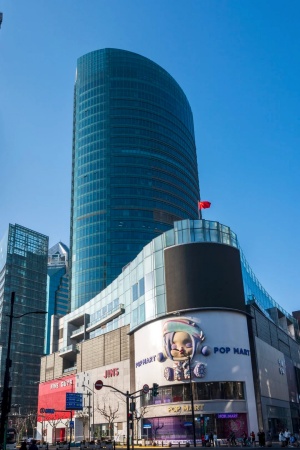
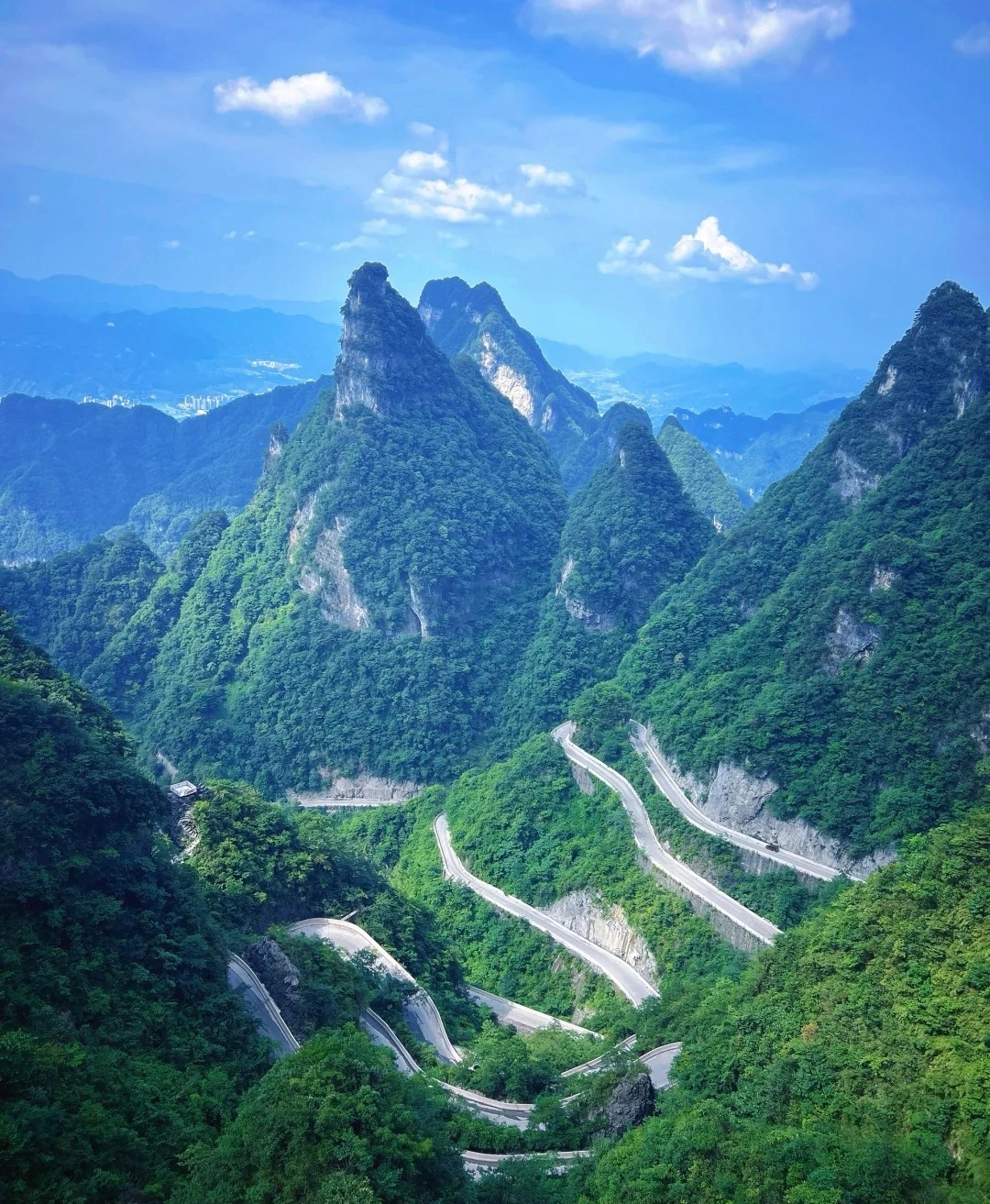
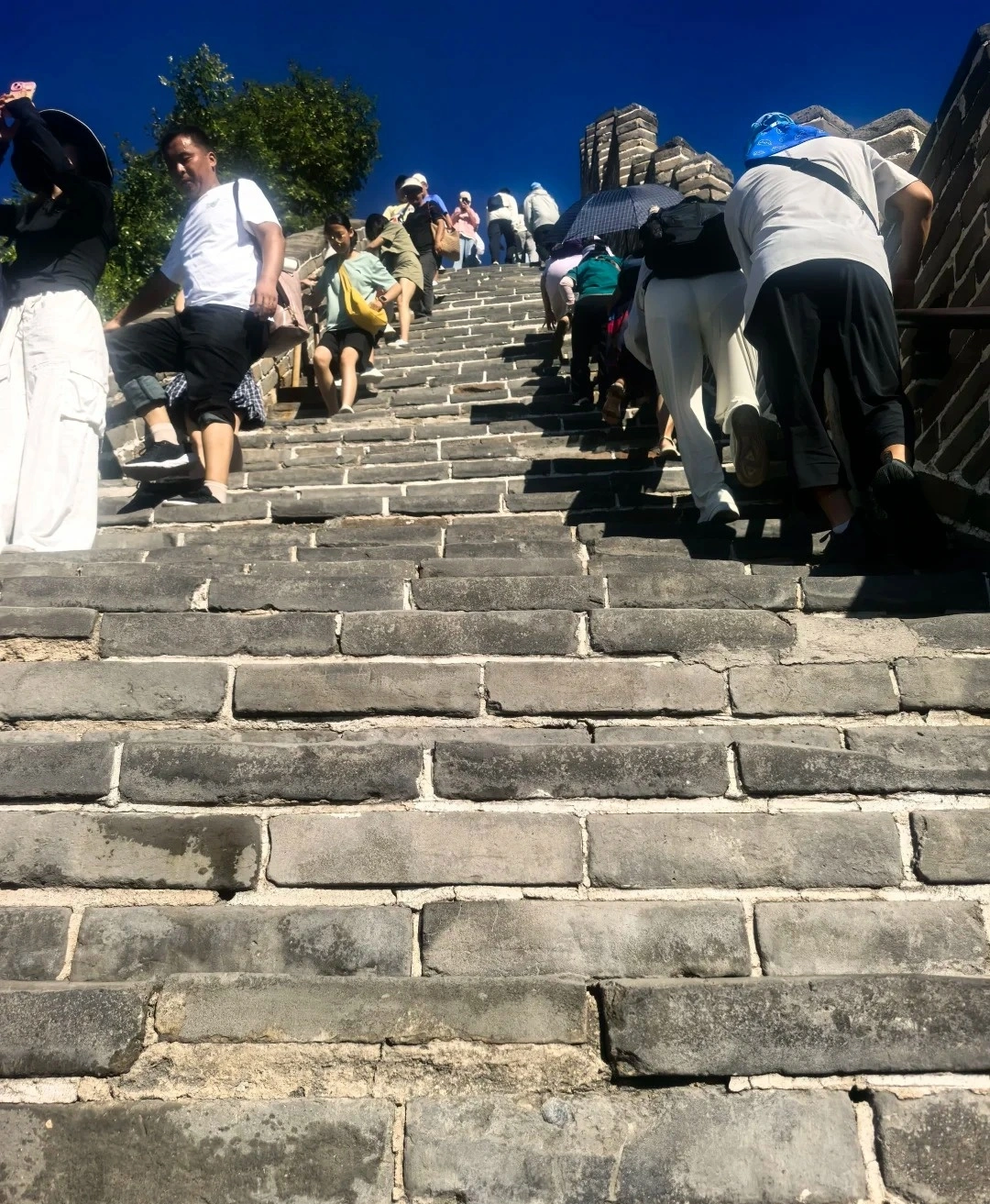
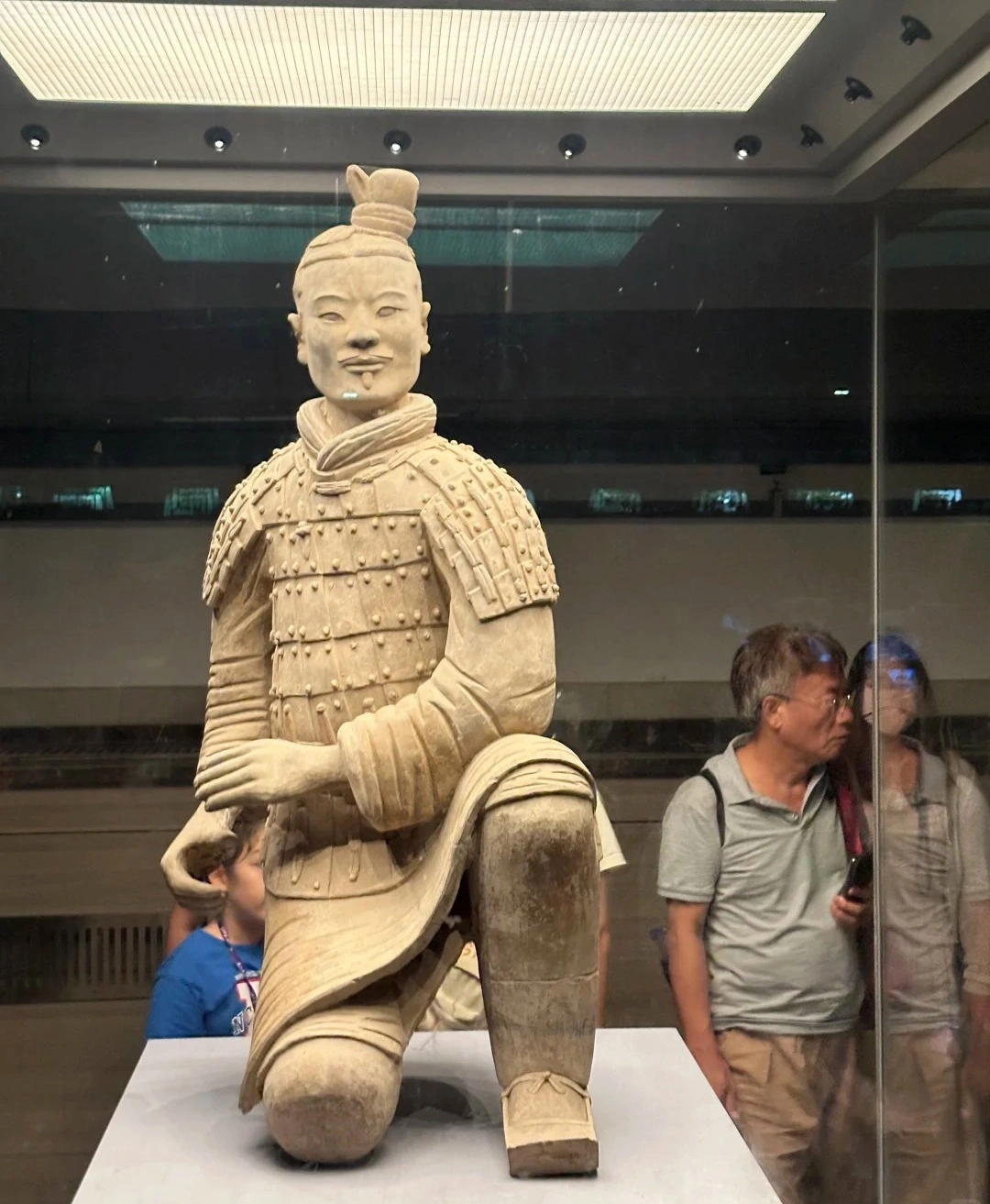

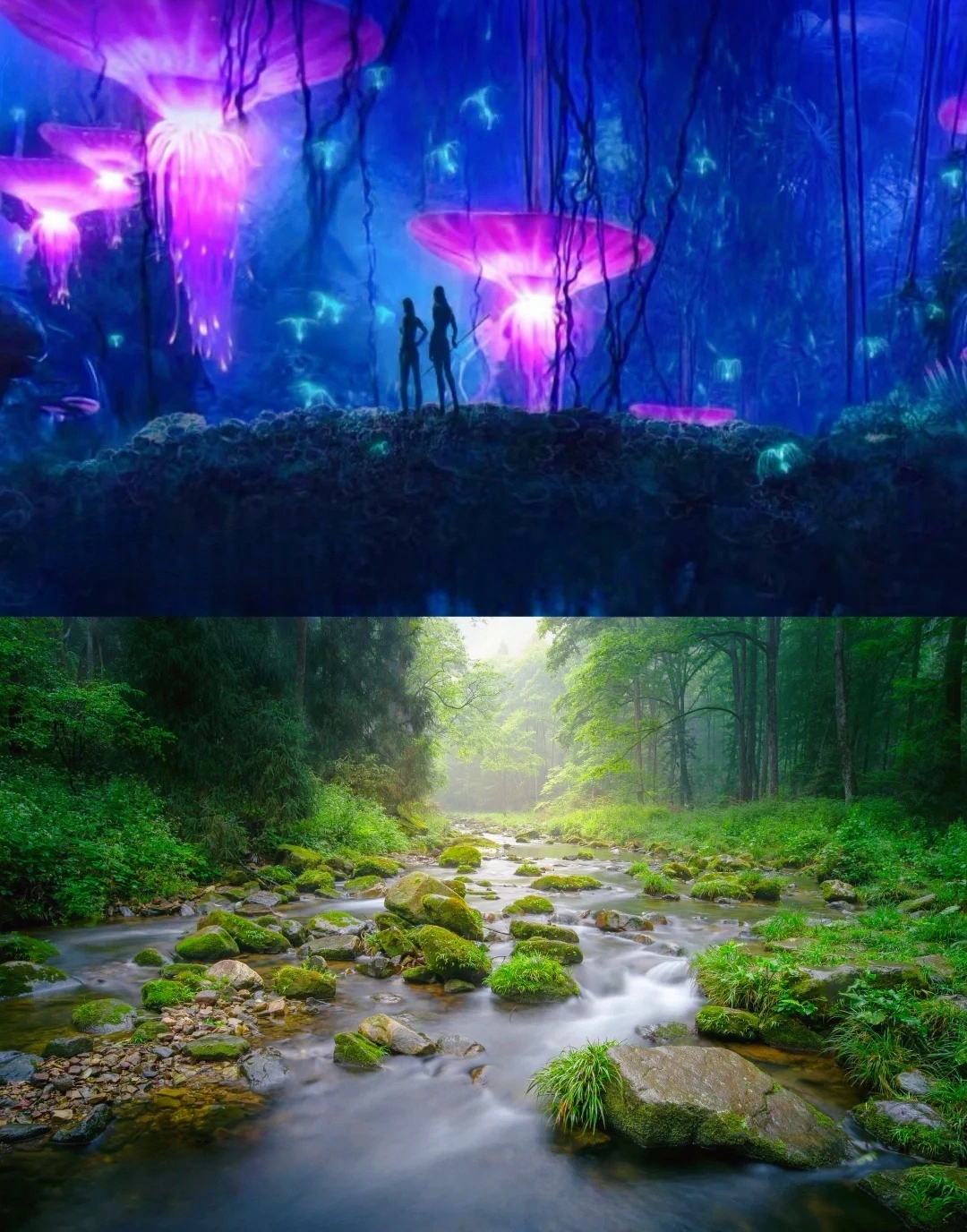
FAQ
Как определяется время церемонии поднятия флага на площади Тяньаньмэнь?
Время синхронизируется с восходом солнца, рассчитываемым ежедневно обсерваторией. Например, самое раннее около 5:10 летом, а последнее около 7:30 зимой. Расписание в режиме реального времени можно проверить через официальный аккаунт WeChat «Пекинское местное сокровище».
Какие знаковые достопримечательности посетить на площади Тяньаньмэнь?
Tiananmen Rostrum: Место, где Мао Цзэдун провозгласил основание КНР, откуда открывается панорамный вид на площадь сверху. Памятник народным героям: восемь рельефов, изображающих революционную историю, в честь современных мучеников. Мемориальный зал Мао Цзэдуна: Останки Мао Цзэдуна, требующие очереди и проверки безопасности для входа.
Каков наилучший маршрут и время экскурсии на площадь Тяньаньмэнь?
Рекомендация по маршруту: Смотрите церемонию поднятия флага ранним утром → посещение Мемориального зала Мао Цзэдуна → прогулка до Памятника народным героям → восхождение на Тяньаньмэнь Рострум → экскурсия по Национальному музею во второй половине дня (позволяет 3 часа). Избегайте толпы: Первый час после церемонии поднятия флага - это пиковое время посещения. Рекомендуется посетить мемориальный зал в непиковые часы (часы работы: 8:00-12:00, 14:00-16:30).
Какие культурные символы представляет площадь Тяньаньмэнь в современном Китае?
Как символ национального политического центра, это место проведения военных парадов Национального дня и крупных торжеств; Памятник народным героям и Мемориальный зал Мао Цзэдуна образуют духовные ориентиры, в то время как Национальный музей берет на себя функцию цивилизационного наследия, вместе составляющего материальный носитель национальной памяти.
Как пройти от Запретного города до площади Тяньаньмэнь? Требуется ли вторичная проверка безопасности?
Выйдите из Запретного города от Ворот Шэньву, пройдите на восток вдоль Фронт-стрит Цзиншань до Северной улицы Чи Цзи и идите прямо на юг примерно на 800 метров к восточной стороне площади; или выйти из Ворот Меридиана Запретного города и непосредственно войти в северную сторону площади (пройдите через проверку безопасности Ворот Меридиана, не требуется вторичная проверка).


